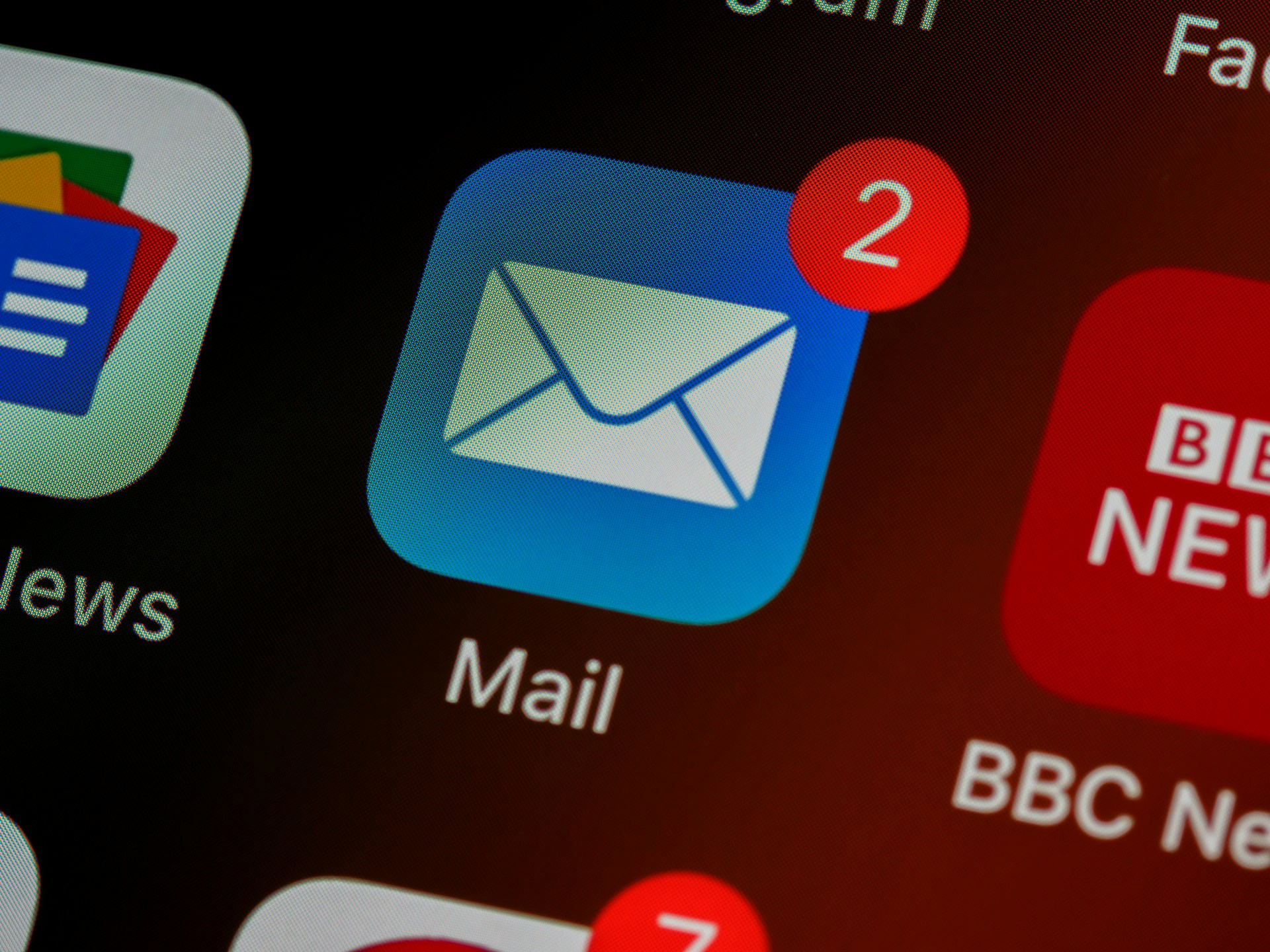There’s no denying that social media is all the rage today, but if you’re not leveraging email marketing, you’re missing out. Amidst chasing virality and garnering millions of views on social media, email marketing has stood the test of time, proving reliable and impactful for sustainable brand-building.
When done right, it becomes a mighty marketing tool, allowing you to make data-driven decisions for your business’s growth. So, if you’ve already hired a marketing agency in St. Louis or are looking for one, keep these best practices and common mistakes in mind to get the best ROI.

Best Practices for Successful Email Marketing
1. Create a High-Quality Email List
Instead of purchasing email lists, it’s best to build a quality email list of interested and engaged subscribers. This way, you can ensure your user base consists of only relevant contacts, excluding outdated or uninterested contacts, leading to the best results.
Opt-in methods like lead magnets, gated content, and website sign-ups are great for attracting contacts who truly want to receive your emails.
2. Focus on Compelling Subject Lines
You only get a couple of seconds’ window of opportunity to hook your potential readers, so make sure to create crisp and compelling subject lines to capitalize on that opportunity. Use your subject lines to spark curiosity in the recipient and make them want to open your email.
Feel free to experiment with urgency, emotional triggers, and personalized subject lines to increase open rates. Remember, if the subject line doesn’t pique your reader’s interest, they won’t open the email, no matter how good its content may be!
3. Prioritize Audience Segmentation
Many marketers overlook audience segmentation in email marketing because it can be challenging for some and time-consuming for others. That said, it is a proven way to achieve better email marketing results.
The idea behind segmentation is to create categories based on specific audience traits like purchase behavior, demographics, locations, etc., which allows you to personalize emails and decide what to market to whom, resulting in better ROIs due to increased relevance. Think of it this way: If you’re based in America and receive emails about products only available in Germany, would you be interested? Probably not.
4. Ensure Mobile Optimization
Nearly 41% of all email views come from mobile devices, so optimizing email for mobile viewing is paramount. Check if your emails are responsive on mobile devices and display seamlessly on various screen sizes. Use scannable content with large fonts and clear CTAs to offer an excellent mobile user experience.
5. Testing and Analyzing Email Performance
Your email marketing efforts will bear no fruit if you don’t monitor your campaigns’ performance. A/B testing is one of the most prominent methods to assess email performance, where marketers send different versions of an email campaign and determine which one performs better.
With A/B testing, or split testing (as it is alternatively known), you can check how different audience segments engage with your emails, analyze email performance, and experiment with subject lines, content formats, and send times to see what resonates best with your subscribers. Don’t forget to monitor metrics like open rates, CTRs (click-through rates), and conversion rates for data-driven optimizations.
Common Email Marketing Mistakes and How to Avoid Them
1. Not Understanding and Avoiding Spam Filters
Email spam filters are key to determining whether your email will land in a subscriber’s inbox or spam folder. There’s a long list of criteria that decide this, and while there’s no magic formula to avoid them, you can follow some email deliverability best practices, such as:
- Using reputable email service providers
- Avoiding spam trigger words in subject lines and body content
- Authenticating your email sender domain
- Spring-cleaning your subscriber list to remove unengaged or inactive users
- Ensuring all subscribers on your list are opt-in subscribers
2. Using No-Reply Emails
While most will ignore this, avoiding “no-reply” email addresses is essential for successful campaigns. No-reply sender addresses prevent you from receiving recipient replies, so you run the risk of missing out on valuable conversations. This is often a reflection of poor customer experience and can greatly impact email deliverability as these addresses are frequently marked as spam.
3. Poor Unsubscribing Experience
Paying attention to the number of unsubscribes is also important. Understanding why users are unsubscribing and providing a seamless experience ultimately adds to your credibility and may leave some reason for them to either subscribe later or not unsubscribe. Provide an easy unsubscribe experience with clear buttons, and also consider offering ways to adjust email preferences instead of entirely opting out.
Wrapping Up
Email marketing continues to be a robust marketing tool with many proven benefits. So, if you want to catapult your business to the top of your subscribers’ inboxes, following the best practices and avoiding common pitfalls discussed in this post can help. Plus, you can achieve long-term success by focusing on personalized communication, engaging subscribers, and building customer loyalty.

Peyman Khosravani is a global blockchain and digital transformation expert with a passion for marketing, futuristic ideas, analytics insights, startup businesses, and effective communications. He has extensive experience in blockchain and DeFi projects and is committed to using technology to bring justice and fairness to society and promote freedom. Peyman has worked with international organizations to improve digital transformation strategies and data-gathering strategies that help identify customer touchpoints and sources of data that tell the story of what is happening. With his expertise in blockchain, digital transformation, marketing, analytics insights, startup businesses, and effective communications, Peyman is dedicated to helping businesses succeed in the digital age. He believes that technology can be used as a tool for positive change in the world.









